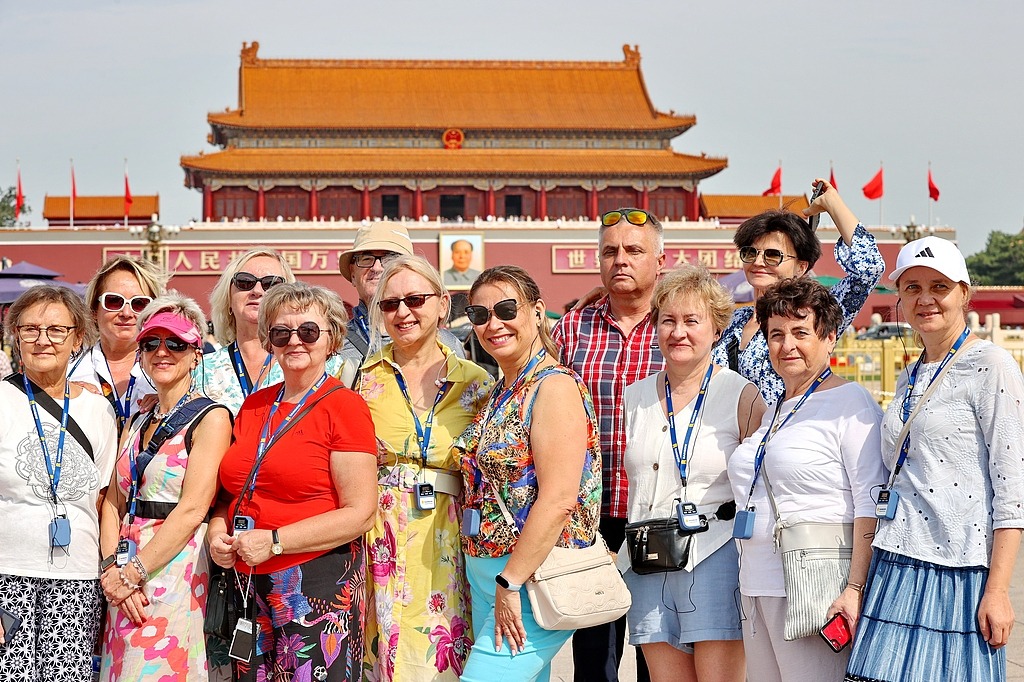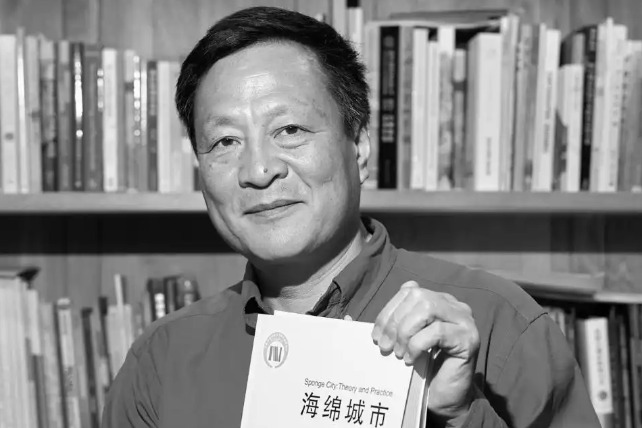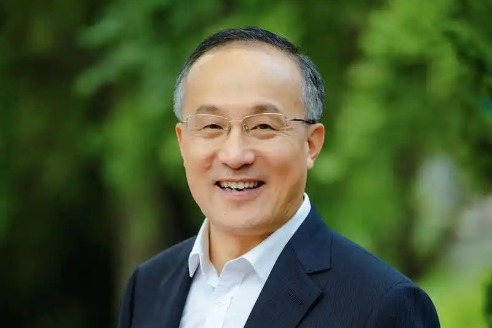Salaries, prices of medical services key reform tasks, official says

Optimizing performance-based salary structures and adjusting prices of medical services dynamically are among key tasks of China's healthcare reform in the future, a health official said during a news conference on Friday.
These new tasks are based on a so-called Sanming model. Sanming, a city in East China's Fujian province, started to reform its public hospitals in 2012, primarily aimed at curbing prices of medical care services and reducing pressure on medical insurance funds.
The city's successful measures have been promoted nationwide in recent years, and a number of cities in the provinces of Zhejiang, Jiangsu, Henan and more have adjusted the Sanming model to local circumstances, said Yang Jianli, director of the National Health Commission's healthcare reform department.
He said more efforts will be made to reduce pay gaps between different medical institutions and hospital departments and the salary structure will be further upgraded.
He also called for accelerated efforts to build close partnerships between larger and smaller hospitals.
Besides, local governments will dedicate more efforts to expanding access to quality healthcare services, adjusting medical service pricing constantly, reforming payment approaches and increasing reimbursement of medical expenses.
- Celebrating Mid-Autumn Festival across China with joy, tradition
- 137 hikers in NW China relocated due to heavy snowfall
- Chinese government to employ 7,000 retired teachers to work in rural areas
- Students and faculty enjoy Mid-Autumn festivities at Nankai University
- Surgical technique developed in China helps thousands abroad
- Liu Yu sends festival wishes for National Day and Mid-Autumn Festival





































